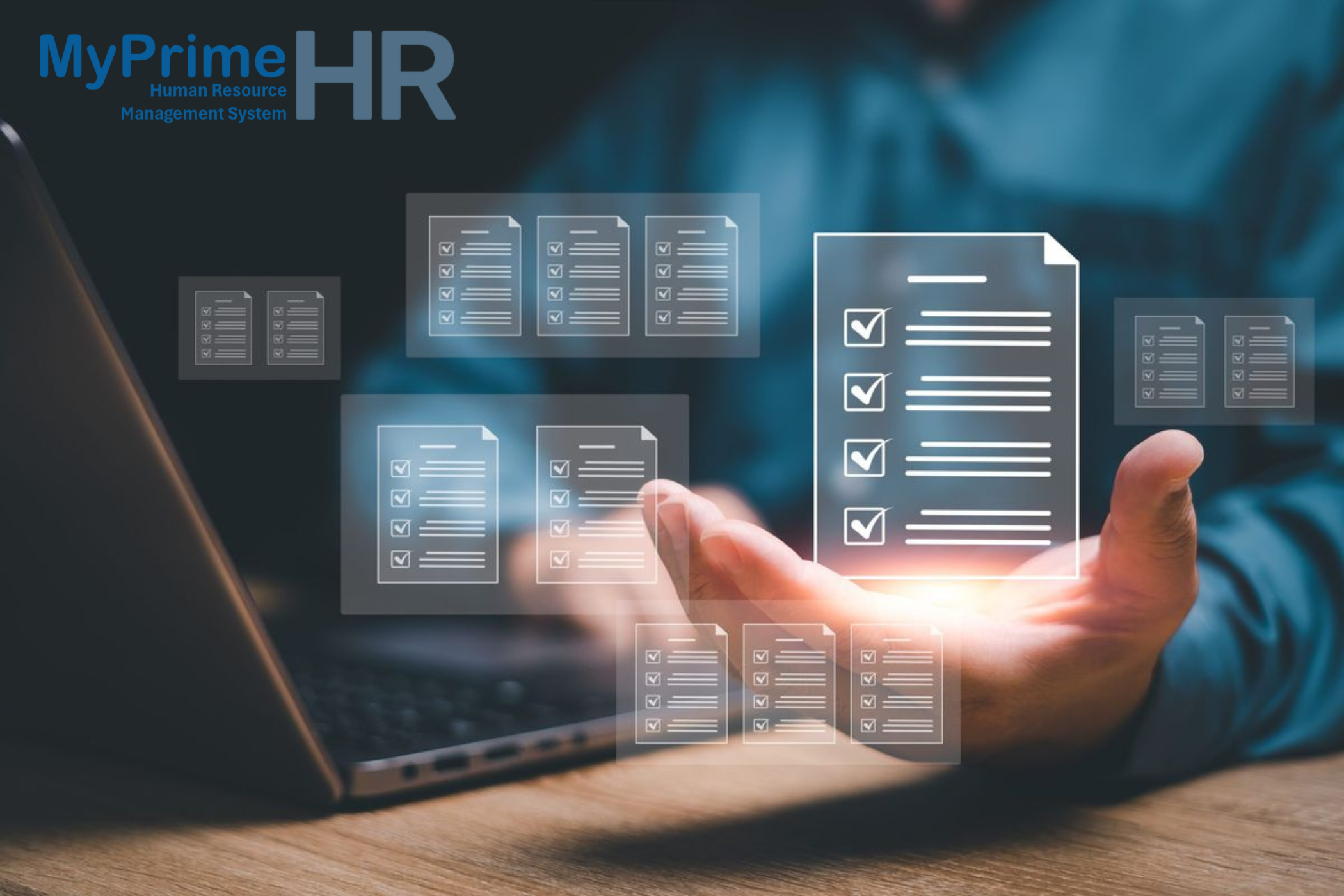Inside the Headlines
The Role of HRIS in Modern Payroll Management
Challenges of Payroll Administration
Traditional payroll processing involves manual calculations, time-consuming data entry, and the risk of errors. These mistakes can result in dissatisfied employees, financial penalties, and compliance issues. For growing organizations, managing payroll manually becomes even more complicated as the workforce expands.
How HRIS Offers a Solution
HRIS platforms like MyPrimeHR integrate payroll functions with attendance, leave management, and employee records. This ensures accurate salary computation, deductions, and government remittances. Automated features reduce repetitive work and help HR teams focus on more strategic functions rather than routine tasks.
Case Study: Mid-Sized Companies in Transition
Several mid-sized retail businesses in the Philippines, particularly those in regions with fluctuating labor demands, have turned to HRIS to optimize payroll efficiency. A notable case in Cebu demonstrates this well: after implementing an HRIS solution, the company reduced payroll processing time by 50% and cut payroll errors by 70%, even during periods with high temporary staffing needs.
Therefore, an HRIS is not just a digital tool but a reliable system that supports organizations in handling one of their most sensitive functions: payroll. By adopting solutions like MyPrimeHR, companies can reduce risks, save time, and build employee trust.
References
Deloitte. (2020). Global Payroll Benchmarking Survey. https://www.deloitte.com/us/en/services/consulting/services/payroll-operations-survey.html
International Labour Organization (ILO). (2018). Compliance in Wage and Payroll Systems. https://www.ilo.org/topics-and-sectors/wages
